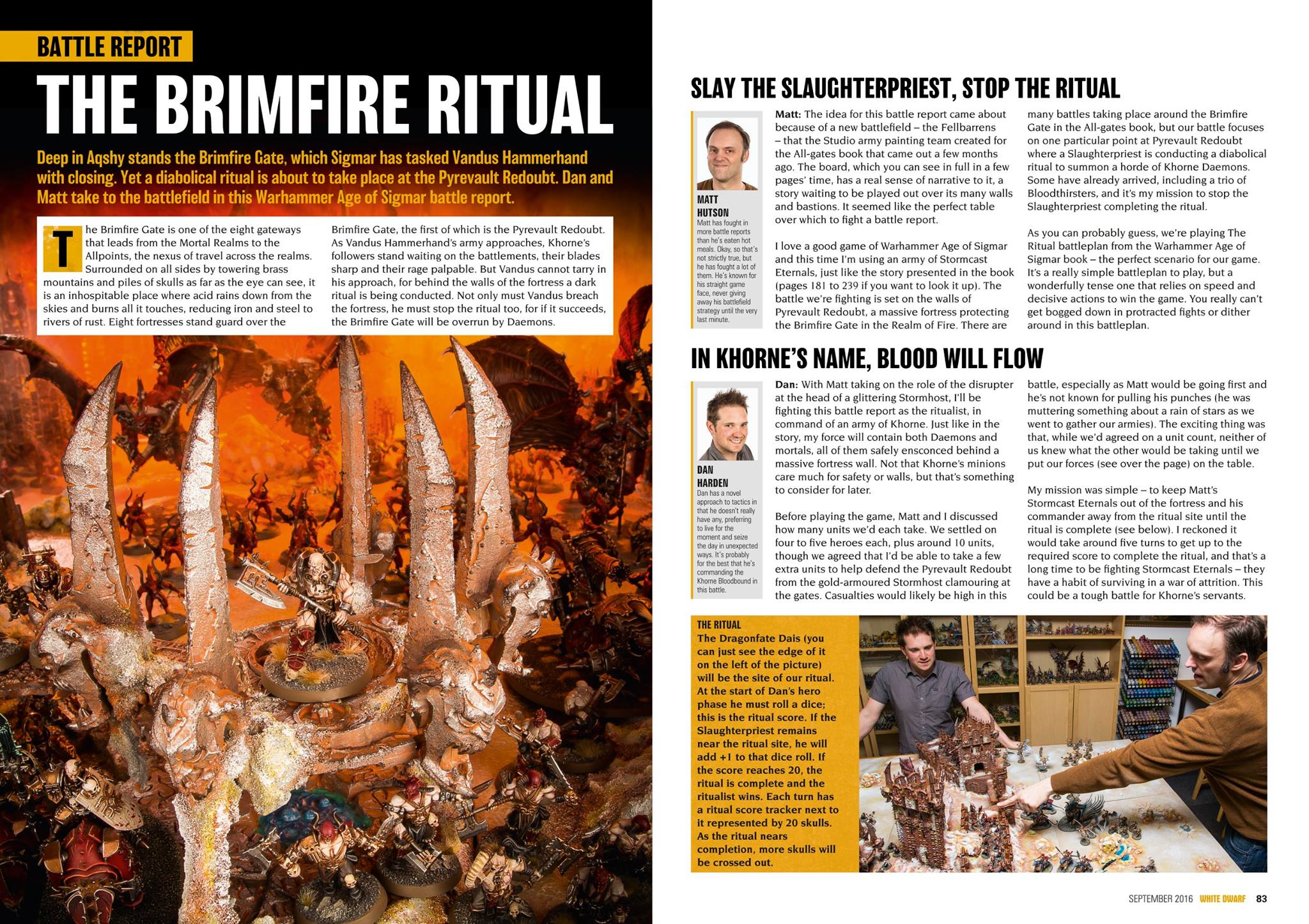
While it might have inspired a few new players, the article is of little real value as anyone likely to use it would need or already own the army book.įollowing this is an ' Eavy Metal article on painting the Grand Theogonist and other models shown this issue. The Grand Theogonist rules were reprinted straight from the Empire army book, enlivened only by illustrations of the new model. The second article stands in stark contrast. It shows how strong a concept the Space Wolf army was. The article itself is interesting read, but mostly because most of the key elements of the current Space Wolf army are already present - Blood Claws, Grey Hunters, Long Fangs and Wolf Guard are all familiar to modern players. Despite the article's retro feel, it was probably released because the Space Wolves were being developed for 2 nd edition WD only nine months away. It is also notable that the army card concept we saw in White Dwarf 145 had already been abandoned. Lots of experimental new material, with no sense of where it would ultimately end up. In many respects, this feels very much like a WD article of old. The first of these big articles is the new Space Wolf army list for Warhammer 40,000 first edition. The transition is very marked in White Dwarf 157, which, remarkably, has only four substantial articles, though this is probably because two of them take up over twenty pages each. As the army book started to appear, White Dwarf shifted from printing new and experimental rules to reprinting pages from just released or soon to be released army books.

New rules articles had been its bread and butter. I have written about the subject of rules distribution before and regard this increased coherence as generally a good thing, but there were definite drawbacks. To me, this transition marks the beginning of modern Games Workshop, though there were still a great number to come. Warhammer 4 th edition followed in White Dwarf 153 and Warhammer 40,000 2 nd edition in White Dwarf 166. These supplements were boxes rather than books and covered two armies each, but they were the first attempt at a coherent set of army list supplements, where every supplement was in the same format. This transition was a staggered process that actually began with second edition Epic released at the same time as White Dwarf 141. This often meant producing rules for models not yet released. Games Workshop started producing complete, coherent rules supplements with all the rules needed for a particular army.

Even when books were planned, for example Realms of Chaos or the Warhammer 40,000 Ork books, they often read more like a collection of articles than a single, coherent work.īy White Dwarf 157, this had started to change. At its most extreme, this lead to a compilation of White Dwarf articles being the official source for most Warhammer 40,000 army lists. A number of experimental rules articles found their way into White Dwarf without much of a sense of where they ultimately belonged. I should emphasise that I have no knowledge of what was actually going in Games Workshop studio at the time these issues were produced, but my sense is that when I first started out collecting, miniatures were being produced and rules written without a clear sense of how they would be distributed. The cover image was also used at the front cover of the first Orc and Goblin army book, which says something about the direction of travel.

A transition point on a journey, albeit a fuzzily defined one. This issue marks a definite break from the previous ones.


 0 kommentar(er)
0 kommentar(er)
